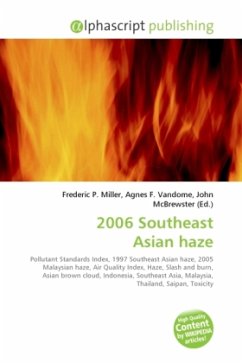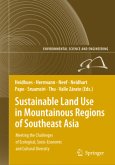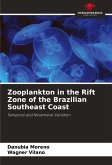The 2006 Southeast Asian haze event was caused by continued uncontrolled burning from "slash and burn" cultivation in Indonesia, and affected several countries in the Southeast Asian region and beyond, such as Malaysia, Singapore, southern Thailand, and as far as Saipan; the effects of the haze may have spread to South Korea. Local sources of pollution partly contributed to the increased toxicity, particularly in high-pollution areas such as ports, oil refineries, and dense urban areas. In the highly urbanised and industrialised Klang Valley of Malaysia in particular, the surrounding terrain acted as a natural retainer of polluted air, aggravating the situation when the haze set in. There is a link to El Niño as well. The haze was made worse than during previous occurrences by the El Niño-Southern Oscillation which delayed the year's monsoon season. Fires in Kalimantan produce great amounts of smoke, burn a long time and are difficult to extinguish because they are on peatland, and once lit the fires can burn for months and release gases that produce sulfuric acid.
Bitte wählen Sie Ihr Anliegen aus.
Rechnungen
Retourenschein anfordern
Bestellstatus
Storno








